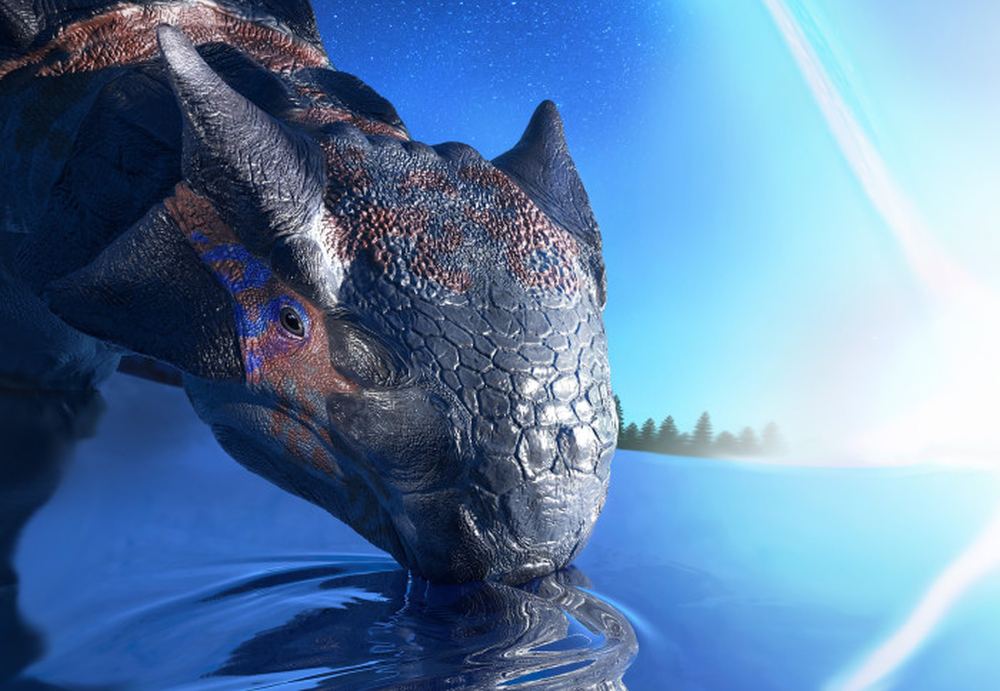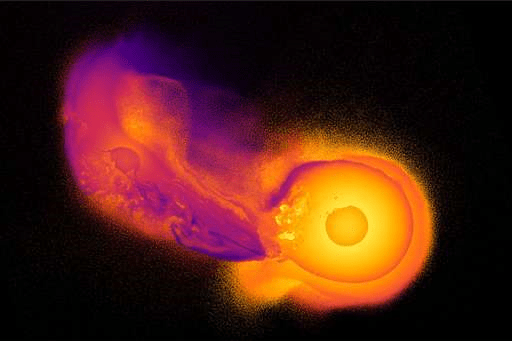Ganymede’s surface is a bit of a puzzle for planetary scientists. About two-thirds of its surface is covered in lighter terrain, while the remainder is darker. Both types of terrain are ancient, with the lighter portion being slightly younger. The two types of terrain are spread around the moon, and the darker terrain contains concurrent furrows.
For the most part, scientists think that the furrows were caused by tectonic activity, possibly related to tidal heating as the moon went through unstable orbital resonances in the past.
But a new study says that a massive impact might be responsible for all those furrows.
Continue reading “A Huge Ring-Like Structure on Ganymede Might be the Result of an Enormous Impact”


